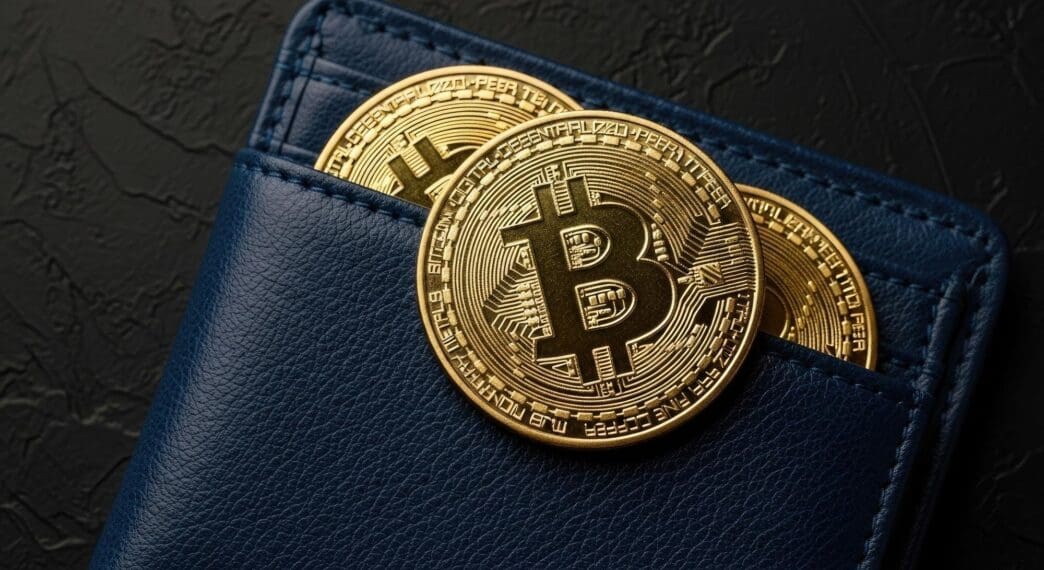Executive Summary
The Story So Far
Why This Matters
Who Thinks What?
Bitcoin’s recent surge to an all-time high, followed by a sharp drop after President Trump’s tariff announcements, has reignited discussions around the “debasement trade” narrative, with experts suggesting digital assets still hold significant hedging potential against currency devaluation.
Market Volatility and Gold’s Record High
Last week, Bitcoin reached a new peak exceeding $126,000 before a market shock ensued. President Trump’s threat of “massive” new tariffs on China on Friday triggered a “catastrophic” single-day liquidation of over $19 billion in leveraged crypto futures positions.
The leading cryptocurrency’s price briefly nosedived below $110,000, though it has since partially recovered to trade around $113,494. In contrast, gold saw a new record high, reaching $4,099 per ounce on Monday, drawing attention to its traditional role as a safe-haven asset.
Understanding the ‘Debasement Trade’
The “debasement trade” is a strategy employed by traders and macro investors who bet against fiat currencies. This involves moving towards scarce or hard assets when there are expectations that governments will finance deficits through cheaper money, driven by fears of currency dilution and inflation.
This concept is not new, as gold investors have historically viewed the precious metal as a safeguard against inflation and government overspending for decades.
Expert Outlook on Bitcoin’s Role
Despite the recent flash crash and modest recovery, experts believe Bitcoin and other digital assets continue to be viable components of the debasement trade. Greg Magadini, Director of Derivatives at Amberdata, projected that this trade could persist for “another 10 years” amid global inflation, which increases the risk associated with owning U.S. dollars and long-date treasuries.
Dilin Wu, a research strategist at Pepperstone, echoed this sentiment, stating that the debasement trade would likely continue unless real interest rates remain elevated and fiscal discipline is restored. Wu noted that significant climbs in real rates, a long-term strengthening dollar, or substantial institutional outflows could prompt a repricing of Bitcoin’s role as a debasement hedge, but absent these conditions, its upside momentum remains intact.
Impact on Altcoins
While Bitcoin experienced a significant correction, other major altcoins, such as Solana and XRP, suffered more pronounced declines, remaining over 30% below their earlier yearly highs. However, Grayscale Head of Research Zach Pandl maintains an optimistic outlook.
Pandl suggested that while crypto markets may require a few days to recover from the recent liquidation event, he anticipates that dips will be temporary and many tokens are poised to reach new highs as the debasement trade continues.







